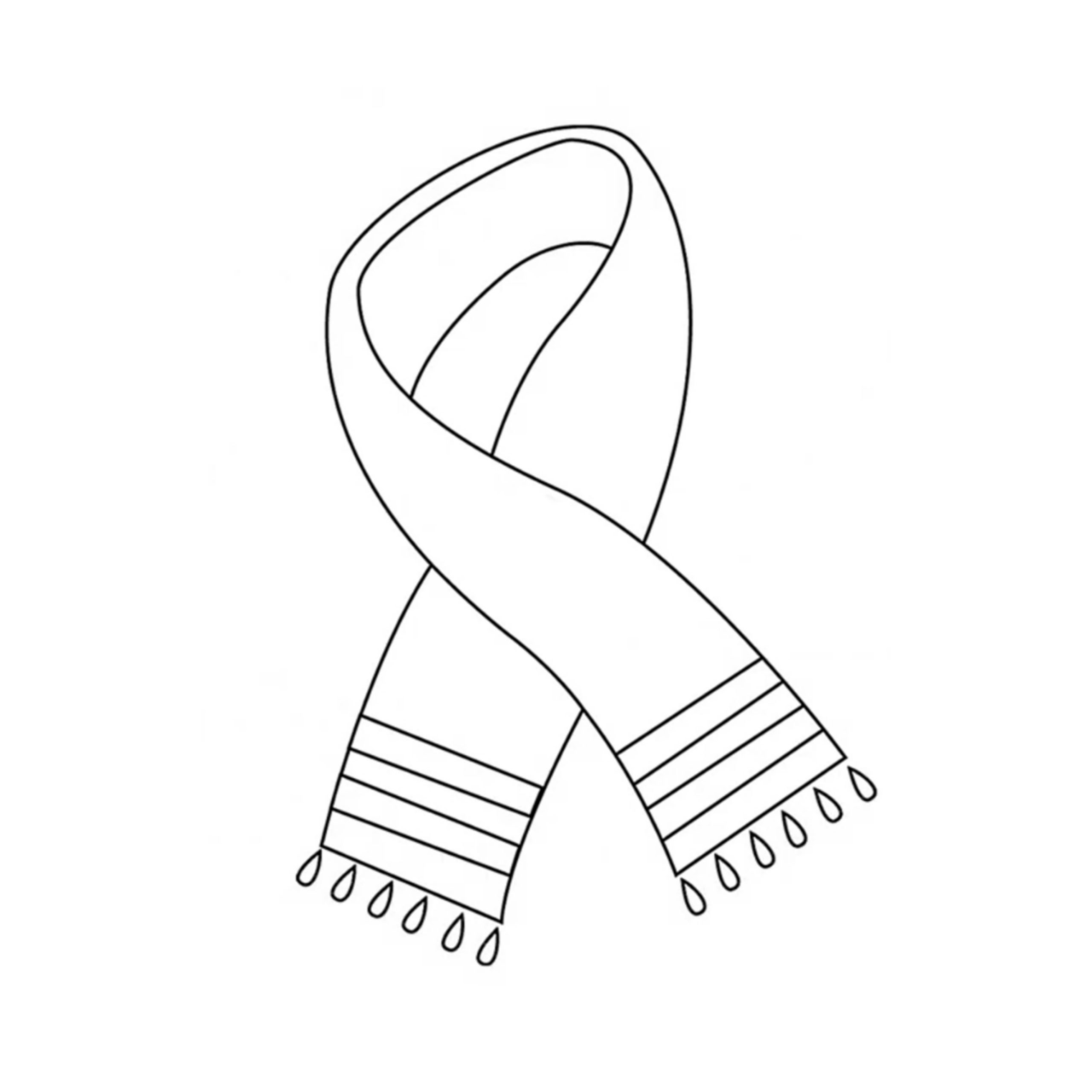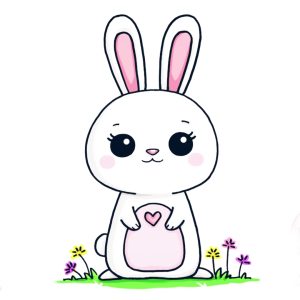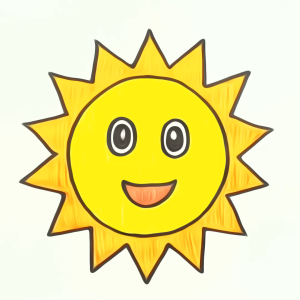Introduction
Scarf Drawing is a fun and creative hobby that helps youngsters to show their ideas and artistic talents. It entails sketching various motifs and patterns on paper to produce a unique and customized scarf. This game helps youngsters improve their fine motor skills and encourages them to think imaginatively and explore with various colours and patterns.
Drawing scarves may be a fantastic method for youngsters to exercise their creative ability and create something lovely. It enables students to utilize their creativity and build unique designs that represent their individuality. Scarf drawing is also a fun pastime that can be done alone or with others, making it a fantastic method for youngsters to connect and bond through their passion for art.
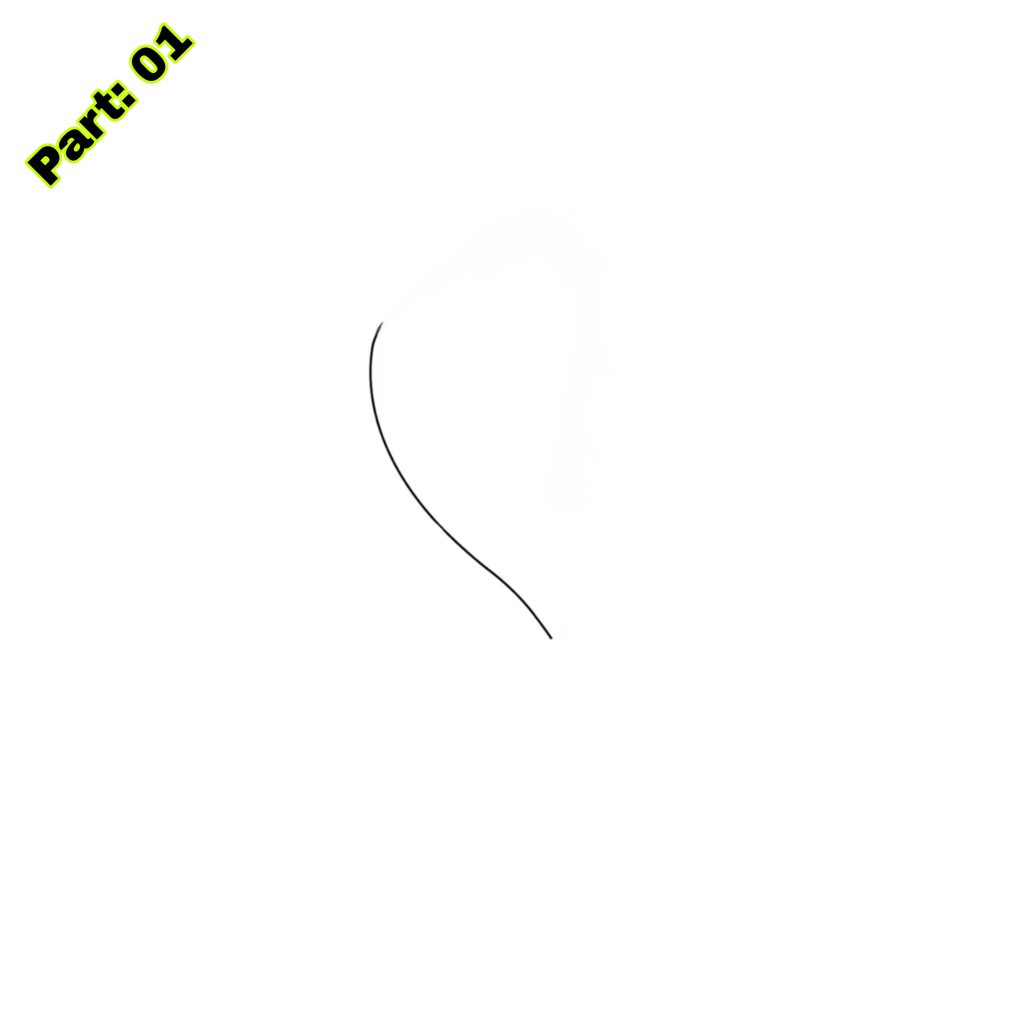
Materials Required for Scarf Drawing
To start scarf sketching, you will need a few basic supplies. Below lies a compilation of items that will be necessary:
- 1. Paper: You may use any sort of paper, although it is advisable to use thicker paper or cardstock to prevent the colours from seeping through.
- 2. Drawing utensils: You may use pencils, coloured pencils, markers, or crayons to sketch your scarf patterns. Each has its distinct impact, so feel free to experiment with various materials.
- 3. Ruler: A ruler may assist draw straight lines or create symmetrical patterns.
- 4. Eraser: An eraser would be essential if you make any errors or wish to revise your design.
- 5. Optional: You may also use stencils or templates to make more elaborate motifs or add texture to your scarf artwork.
Gift
Claim our premium worksheet practice book For Free (Only for you):
Step-by-Step Guide to Scarf Drawing
Now that you have all the materials available let’s plunge into the step-by-step process of sketching a scarf:
- 1. Start by sketching a long rectangular rectangle on your paper. This will be the basis of your scarf. You may use a ruler to check the lines are straight and equal.
- 2. Next, pick on the pattern you want for your scarf. You may draw stripes, polka dots, or any other design you desire. Use your drawing instrument to create the required design on the rectangular form.
- 3. Draw fringes at the ends or add tassels to give extra embellishments to your scarf. This will give your scarf a more realistic and textured appearance.
- 4. Once pleased with your pattern, you may add colour to your scarf. Use markers, coloured pencils, or crayons to fill in the various portions of your plan. Be creative and experiment with various hue combinations.
- 5. Finally, add any extra elements or decorations to your scarf. You may add initials, sketch beloved figures, or even glue on some sequins or beads for added glitter.
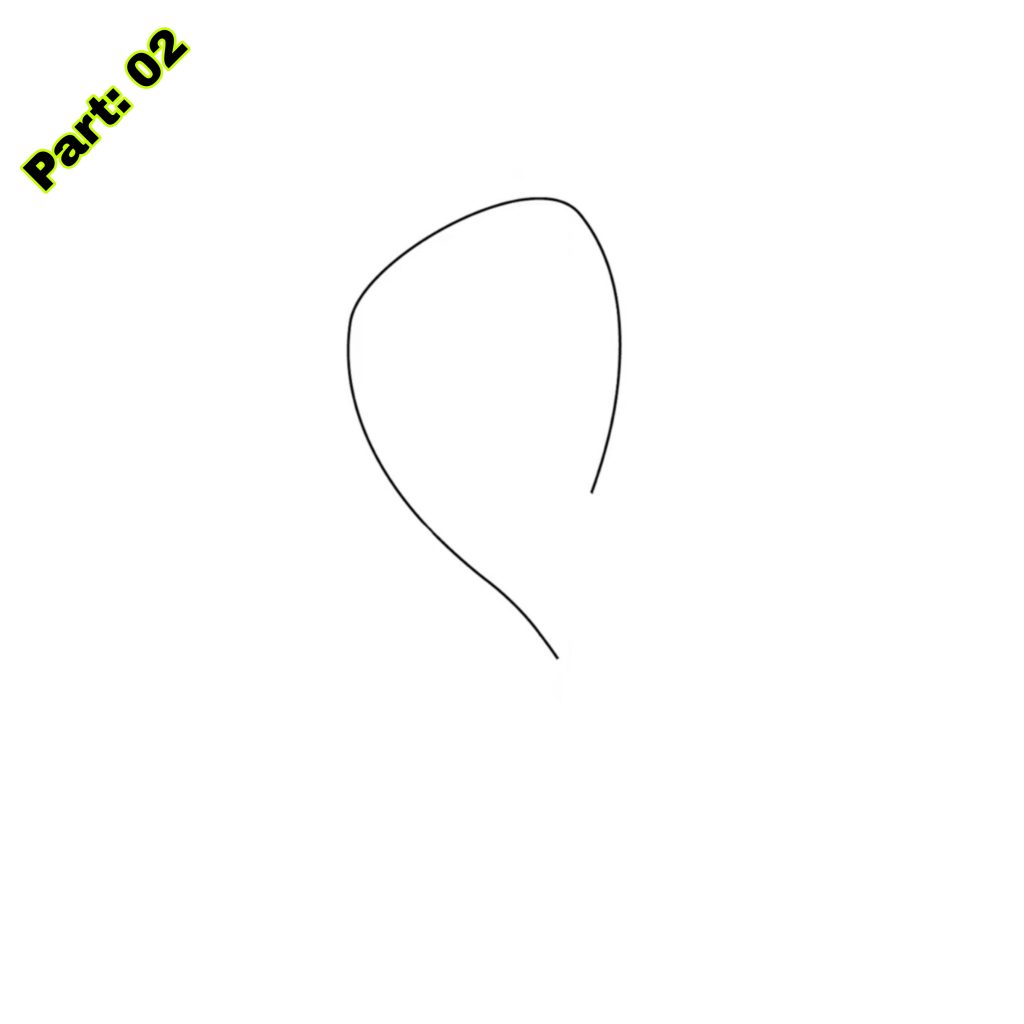
Tips & Tricks for Scarf Drawing
Here are some useful techniques and strategies to enhance your scarf sketching skills:
- 1. Practice makes perfect: Like any other ability, the more you practice, the better you will get at scarf design. Set aside time everyday to practice and experiment with new designs and approaches.
- 2. Start with basic designs: If you are just starting out, it’s advisable, to begin with simple approaches and gradually move up to more complicated patterns. This will help you acquire confidence and enhance your talents over time.
- 3. Use references: If you struggle to generate ideas for your scarf designs, you may hunt for inspiration online or in books. There are many of tools available that may help ignite your imagination and offer you new ideas to explore.
- 4. Experiment with diverse materials: Try alternative sketching equipment and materials aggressively. Each one will give your scarf a distinct appearance and feel, so have fun experimenting and selecting your best medium.
- 5. Don’t be afraid to make mistakes: Remember that art is all about self-expression, and there are no right or wrong solutions. In the event of an error, refrain from letting discouragement take hold. Embrace it as a chance to learn and develop as an artist.
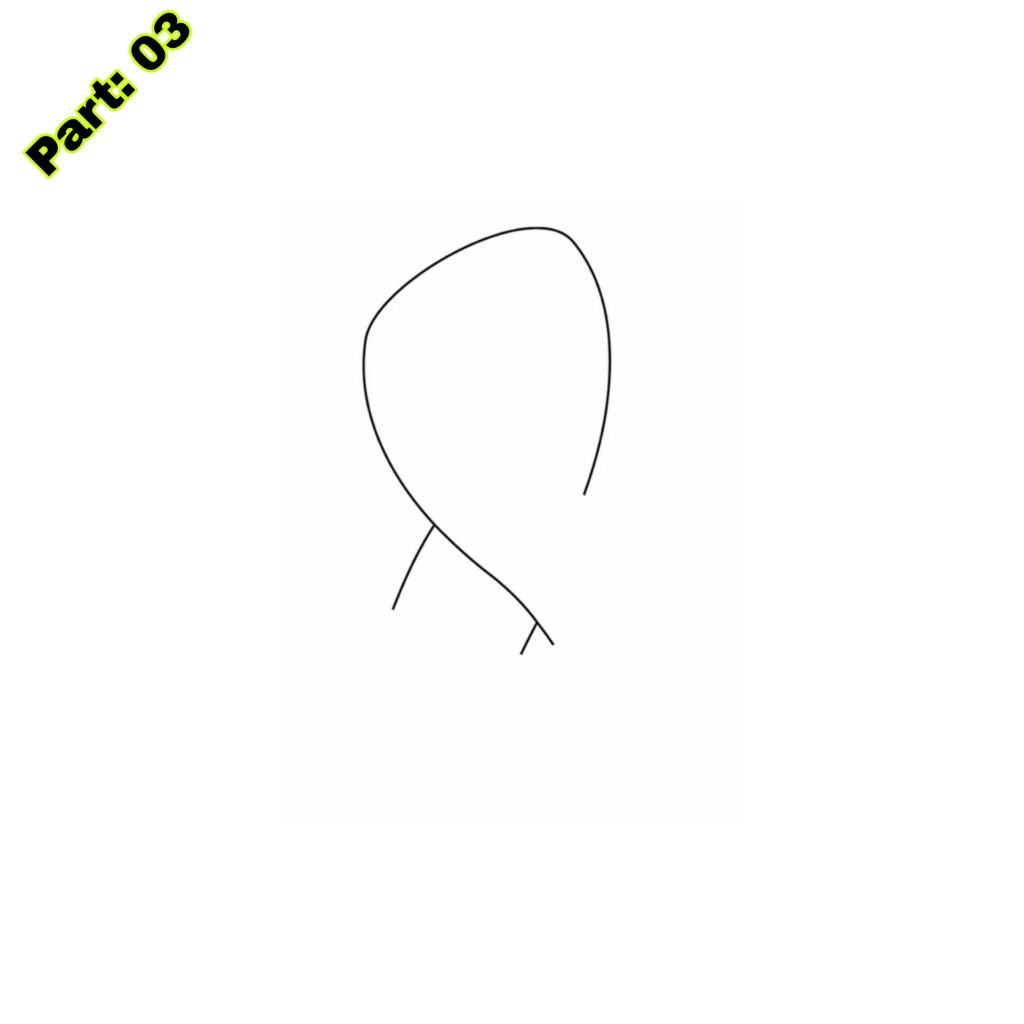
Different Types of Scarf Designs for Kids
There are countless alternatives when it comes to scarf designs for kids. Initiating your journey, here are several examples as a starting point:
- 1. Stripes: Drawing stripes on your scarf may produce a traditional and timeless pattern. You may play with various colours and thicknesses of lines to create a unique design.
- 2. Polka dots: Polka dots are a joyful and whimsical pattern that may bring a splash of colour to your scarf. You may draw little or big polka dots or combine various sizes for a more dynamic appearance.
- 3. Floral patterns: Drawing flowers on your scarf will give it a feminine and whimsical touch. You may draw various sorts of flowers or make your own unique floral creations.
- 4. Geometric forms: Geometric shapes such as triangles, squares, and circles may produce a contemporary and abstract style for your scarf. You may play around with various combinations and layouts to create fascinating designs.
- 5. Animal prints: Why not add animals into your scarf design if you adore animals? You may design animal motifs like as leopard spots or zebra stripes to give your scarves a wild and adventurous appeal.
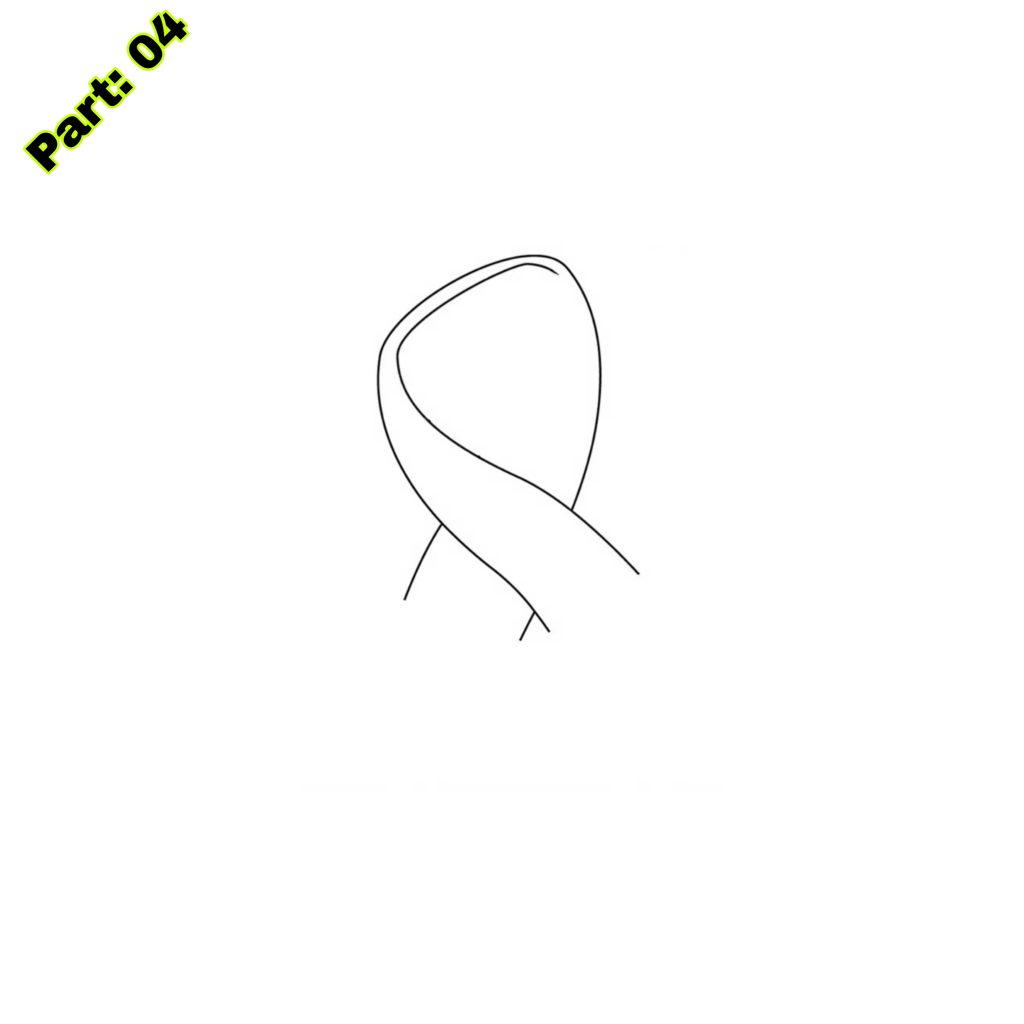
How to Add Colors to Your Scarf Drawing
Adding colour to your scarf sketch will bring it to life and make it more aesthetically attractive. Here are some possibilities for adding colour to your scarf:
- 1. Markers: Markers are a wonderful alternative for adding colorful and dramatic colours to your scarf. They are simple to apply and give smooth and equal coverage.
- 2. Colored pencils: Colored pencils are a flexible alternative that enables you to layer and combine colours. They are wonderful for adding texture and shading to your scarf design.
- 3. Crayons: Crayons are a basic alternative for adding colour to your scarves. They are simple to apply and give a soft and waxy feel.
- 4. Watercolors: If you want to produce a more transparent and watercolour-like look, you may use watercolours. They may be applied with a brush or diluted with water for a softer effect.
- 5. Mixed media: Mix various colouring supplies to produce distinctive results. For example, you may use markers for broad outlines and coloured pencils for shading and details.
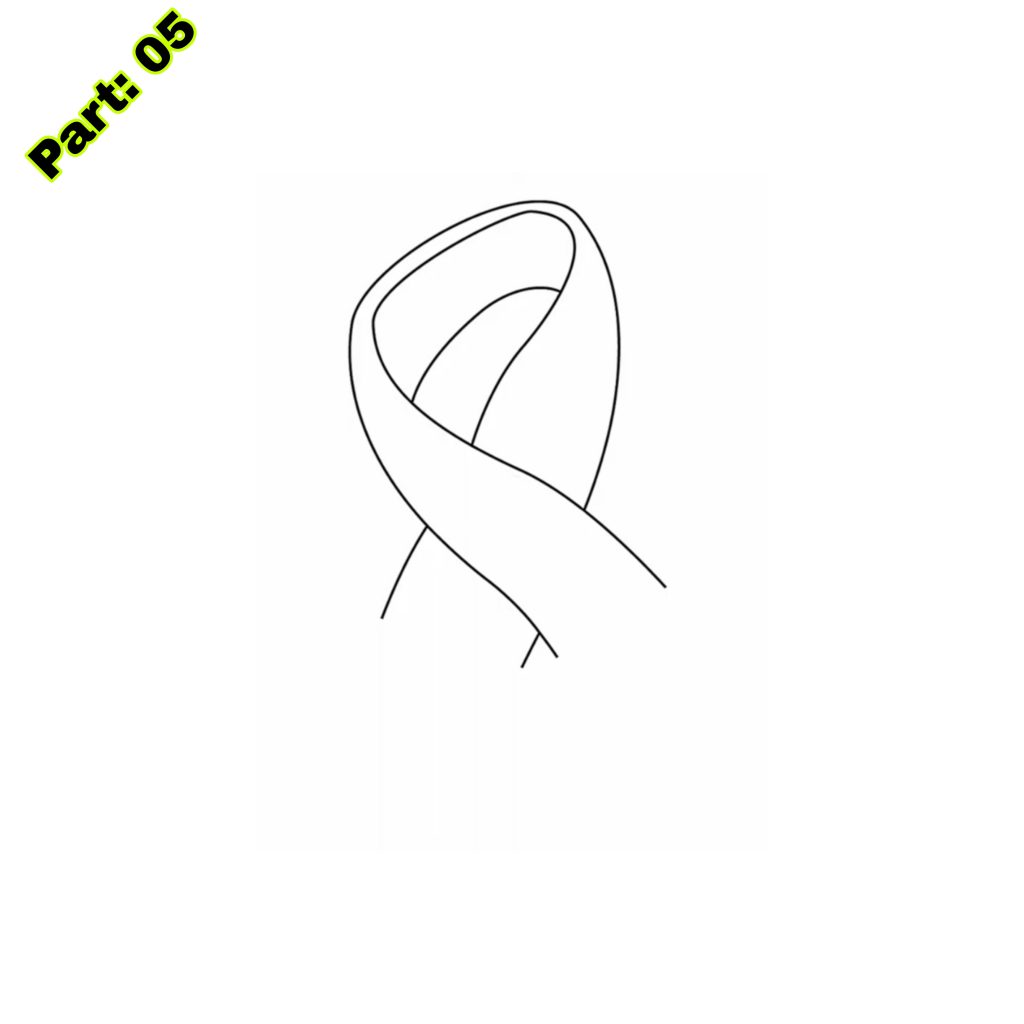
Creative Ideas to Personalize Your Scarf Drawing
There are various ways to customise your scarf artwork and make it unique.
- 1. Add initials: You may add your initials or name to your scarf design to make it more personal. You may draw them in a fancy typeface or make a monogram design.
- 2. Draw favourite characters: If you have a favourite character from a book, movie, or TV program, why not integrate them into your scarf design? You may design their faces or create patterns using classic symbols or colours.
- 3. Use preferred hues: Choose colours that you enjoy and express your individuality. This will make your scarf design seem more personal and distinctive to you.
- 4. Create a tale: Use your scarf drawing as a chance to create a story. You may design other scenes or people representing other portions of the plot.
- 5. Add texture: Experiment with various textures using different drawing styles or materials. For example, cross-hatching or stippling may provide texture on some portions of your scarf.
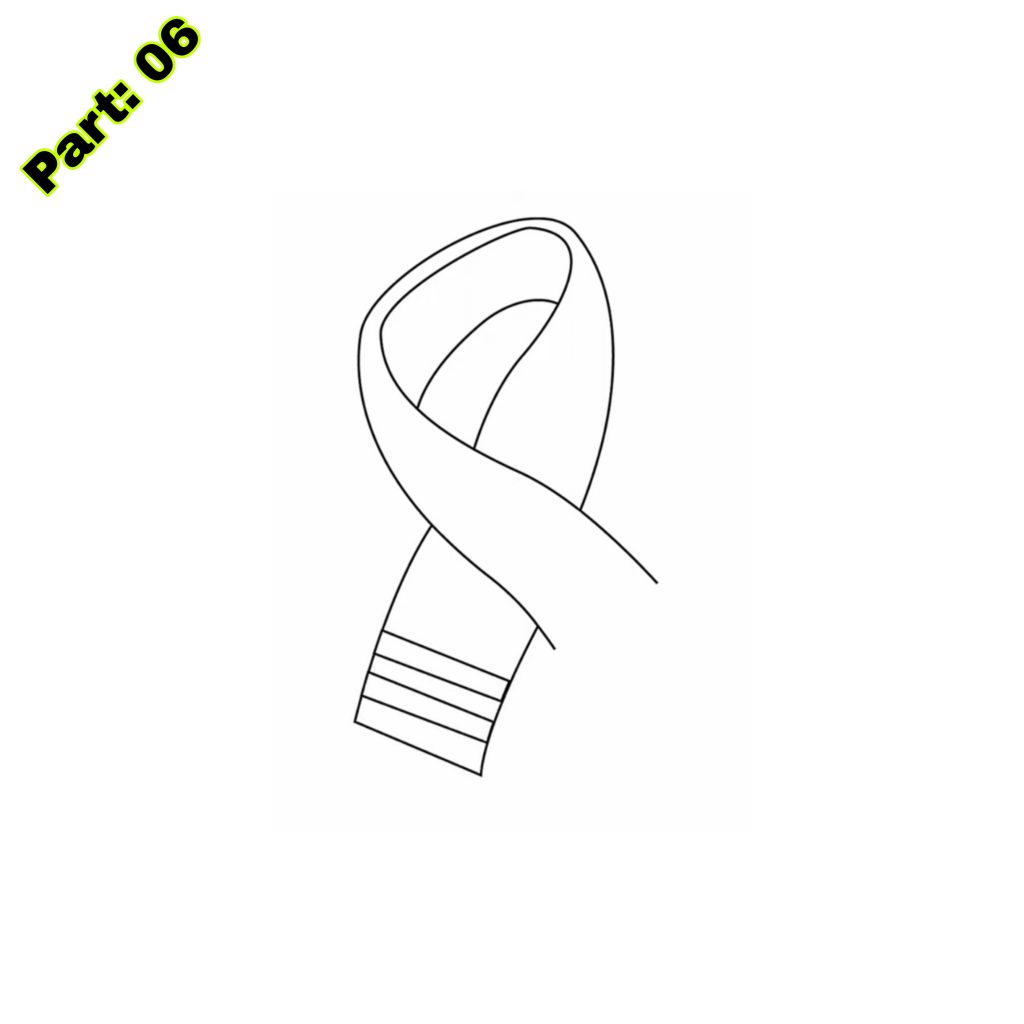
Benefits of Scarf Drawing for Kids
Scarf sketching provides various advantages for youngsters, both in terms of their creative development and general well-being.
- 1. Improves fine motor skills: Drawing scarves takes precise hand motions and control, which helps enhance fine motor abilities. This may be particularly advantageous for younger toddlers still learning hand-eye coordination.
- 2. Fosters creativity: Scarf sketching enables youngsters to think imaginatively and develop unique patterns. It lets kids to express their ideas and explore new colours, patterns, and textures.
- 3. Boosts self-confidence: As youngsters practice and develop their scarf sketching abilities, they will get a feeling of success and enhance their self-confidence. This may have a favorable influence on their general self-esteem and well-being.
- 4. Enhances concentration and focus: Drawing scarves involves concentration and focus, as students must pay attention to details and remain involved in the creative process. This may assist enhance their capacity to concentrate and focus on other things.
- 5. Provides a feeling of relaxation: Drawing may be a peaceful and therapeutic pastime for youngsters. It helps people to relax, unwind, and express themselves nonverbally.

Fun Activities to Do with Your Scarf Drawing
Once you have done your scarf artwork, you may conduct numerous fun things with it. Here are some suggestions:
- 1. Use it as decoration: You may hang your scarf drawing on the wall or put it on a shelf as a piece of art. This may bring a personal touch to your area and exhibit your creative talents.
- 2. offer it as a gift: If you are proud of your scarf drawing, you may offer it to a family member or friend. They will appreciate the work and attention behind the handcrafted present.
- 3. Create a fashion statement: Cut out your scarf design and put it on a genuine scarf or item of clothing using fabric glue or safety pins. This will make a unique and individualized fashion item.
- 4. Make a collage: Cut out various pieces of your scarf design and use them to make a collage. Combining them with other images or photographs makes a visually fascinating composition.
- 5. Start a scarf drawing notebook: Keep a record of all your scarf drawings and chronicle your improvement over time. This will help you to see how your abilities have progressed and act as motivation for future projects.
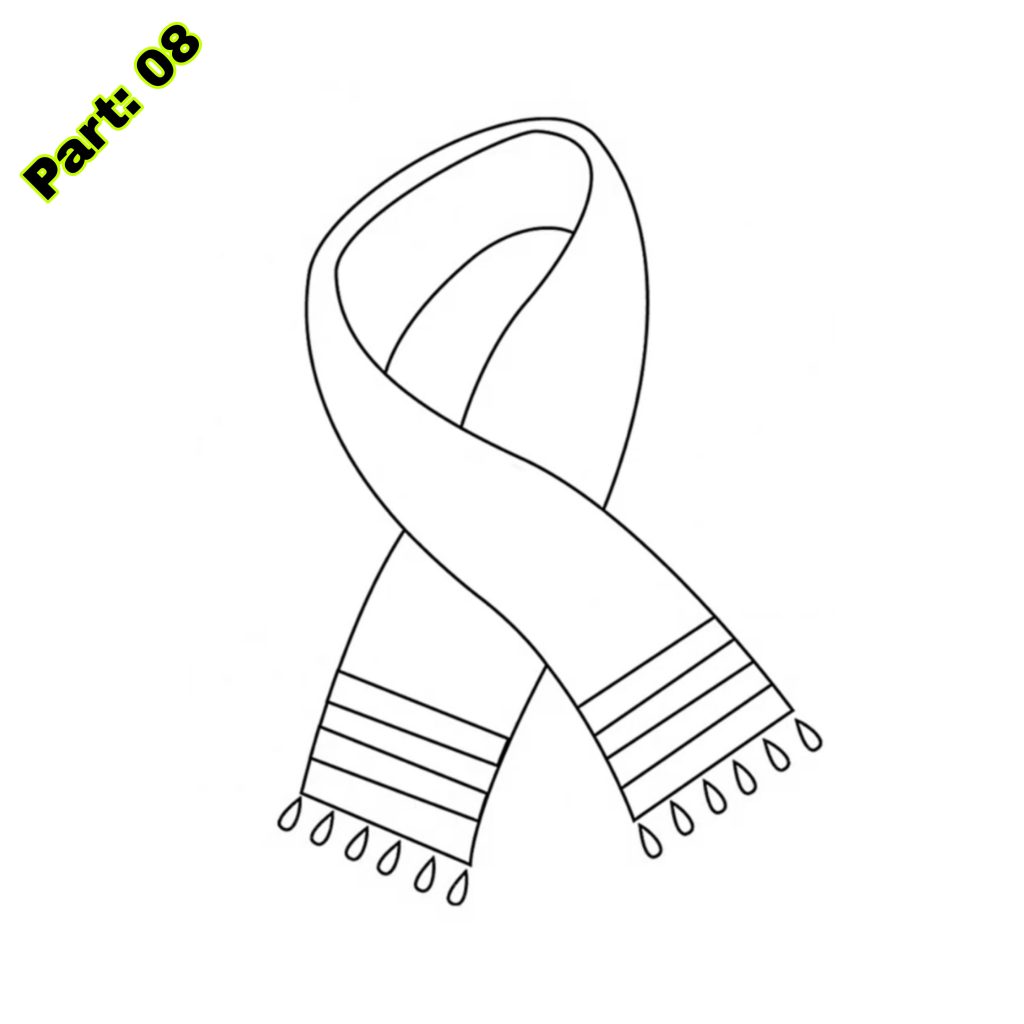
Conclusion
Scarf sketching is a fun and creative pastime that provides several advantages for youngsters. It helps students to express their imagination, enhance fine motor abilities, and encourage creativity. Following the step-by-step tutorial and adding various patterns and colours, youngsters may make unique and individual scarf drawings that represent their personality and creative flair.
Remember, the secret to being a great scarf picker is practice. Set aside time everyday to sketch and experiment with new patterns and approaches. Don’t be scared to make errors; embrace them as chances to learn and develop as an artist. With time and perseverance, your abilities grow, and your scarf drawings become more elaborate and beautiful.
So take your paper, sketching equipment, and let your imagination go wild. Happy scarf sketching!
Sponsored By
Check out the best and most affordable digital marketing services that can take your business to the next level. If you want to build a Blogging Business, Please contact them; They Basically provide from-scratch-to-finish services https://elonmusktrillion.com/
FAQ
Q1: How can youngsters produce a scarf drawing in only 5 minutes?
A: The article gives step-by-step directions and advice for youngsters to swiftly sketch a scarf in five minutes, making it a simple and pleasant art exercise.
Q2: What supplies are required for the scarf sketching activity?
A: The article likely describes the fundamental art equipment necessary, such as paper, pencils, markers, or crayons, that students will need to finish their scarf designs.
Q3: Are there any specific tactics or tricks provided in the article?
A: The article may describe easy sketching methods or shortcuts youngsters can utilize to make an attractive scarf image within a limited period.
Q4: Can this activity be customized for other age groups?
A: The article may explore whether the scarf sketching exercise fits various age groups and recommend adjustments to accommodate different ability levels.
Q5: What advantages can youngsters obtain from practice fast and simple sketching tasks like this?
A: The article may emphasize the educational and developmental benefits of participating in brief sketching activities, such as boosting creativity, motor skills, and creative confidence in youngsters.
Bonus:
You may check out our most helpful article about how you can help your child to do extremely well in drawing https://bloggchain.com/exciting-acorn-drawing-for-kids-10x-easier/
